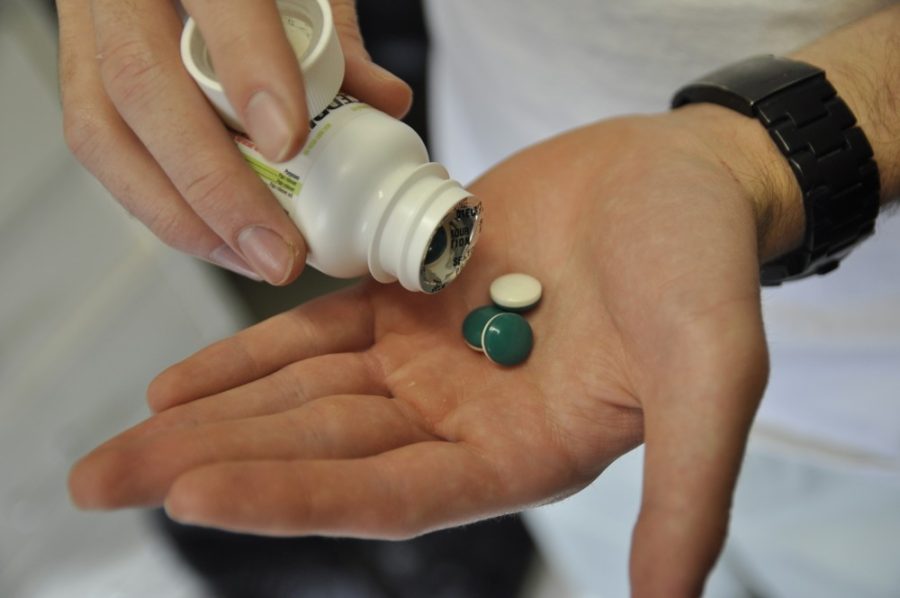With the sales of prescription painkillers rising around the nation, state health and government officials are stressing the need to increase efforts to monitor and dispose of certain medications.
The leading cause of unintentional deaths in Arizona and around the nation is the result of poisoning and drug overdose, according to Keith Boesen, director of the Arizona Poison and Drug Information Center. Boesen said more people die from these each year than they do from car accidents.
One of the biggest contributors to this rise is narcotic pain relievers such as hydrocodone and oxycodone, Boesen said. Having so many of these drugs available is concerning, he said, because it allows easy access for many people, which can lead to an increase in deaths.
“We have seen an increase over the past several years in calls about exposures to or questions about narcotic pain relievers,” Boesen said. “Those drugs are becoming a bigger percentage of the drugs involved in exposures.”
In Arizona last year, more than 2.2 million people were given hydrocodone prescriptions and almost 2 million people were prescribed oxycodone, said Dean Wright, the prescription monitoring program director for the Arizona State Board of Pharmacy. These are the two most prescribed drugs in the state, he added.
The Controlled Substances Prescription Monitoring Program “requires the Arizona State Board of Pharmacy (ASBP) to establish a controlled substances prescription monitoring program and requires pharmacies and medical practitioners who dispense controlled substances listed in Schedule II, III, and IV to a patient, to report prescription information to the Board of Pharmacy on a weekly basis,” according to the ASBP website.
Although practitioners and pharmacists are required to register, it is not required for them to use the database, Wright said. At the end of the year, the number of practitioners who had access to the system was a little more than 14 percent and the number of pharmacists who had access was about 11 or 12 percent, he said. The number of those requesting access continues to increase, Wright added, and there is an attempt to further increase that number.
“It could have some impact on sales if we could stop the sale to those who are misusing abusing, or diverting drugs,” Wright said. “Reducing that and having practitioners looking and evaluating their patients through access to our system helps them to make better decisions as far as how they’re going to prescribe.”
Another concern with increased sales of pain medication is that patients who no longer need certain medications will leave them in a place where they are easily accessible to others.
“We should really protect anyone who might have access to medications by locking them up and then, when you’re done with the drugs, we need to destroy them,” Boesen said. “Don’t save them for a rainy day, we need to destroy them.”
In Tucson, the Drug Enforcement Administration has sponsored “medication take back events,” such as one on Saturday at the University of Arizona Police Department. This was the third “take back” event hosted on campus. The first two took place last year.
These events are beneficial to the environment, because they prevent people from flushing dangerous or narcotic drugs where the chemicals can get into the ground, said Joe Bermudez, a crime prevention officer with UAPD. Another benefit is general safety and prevention, he said.
“We’re giving the community an opportunity to dispose of these medications that are either expired, unwanted or unused,” Bermudez said. “It prevents these types of medications and drugs from getting in the wrong hands.”









